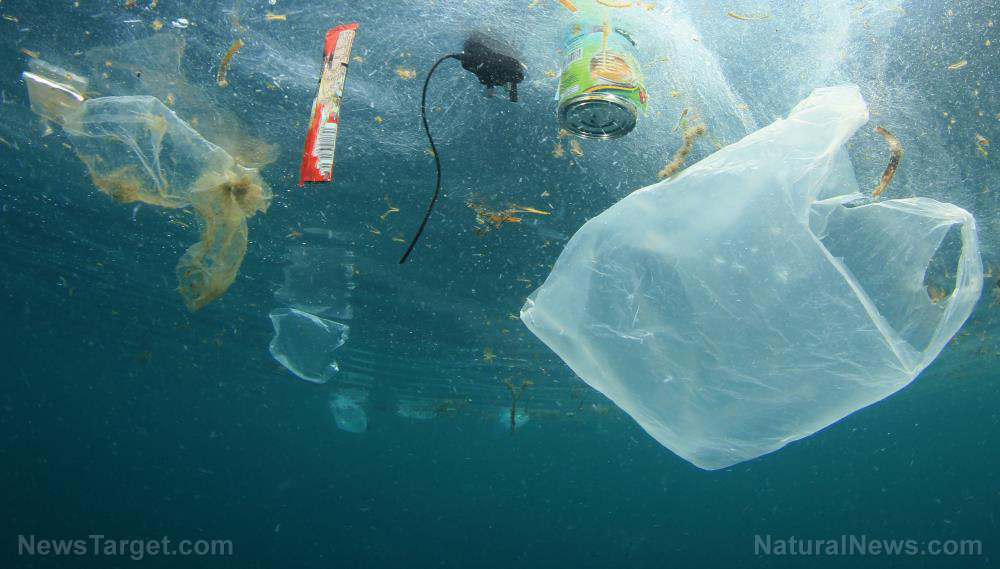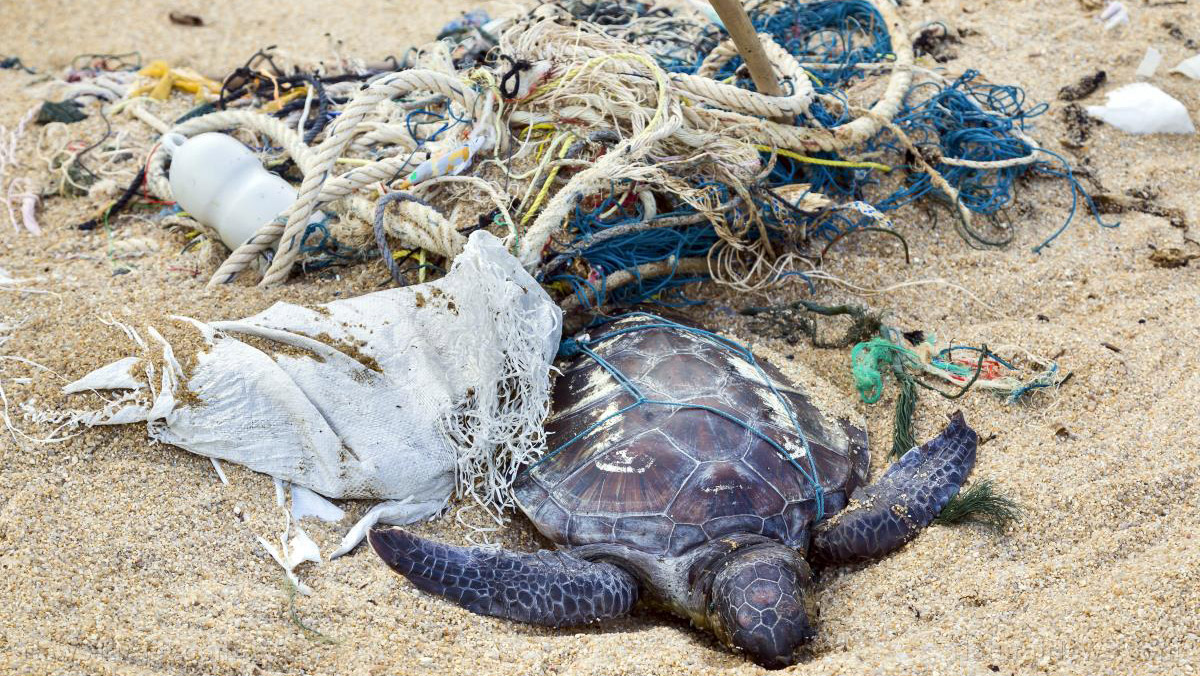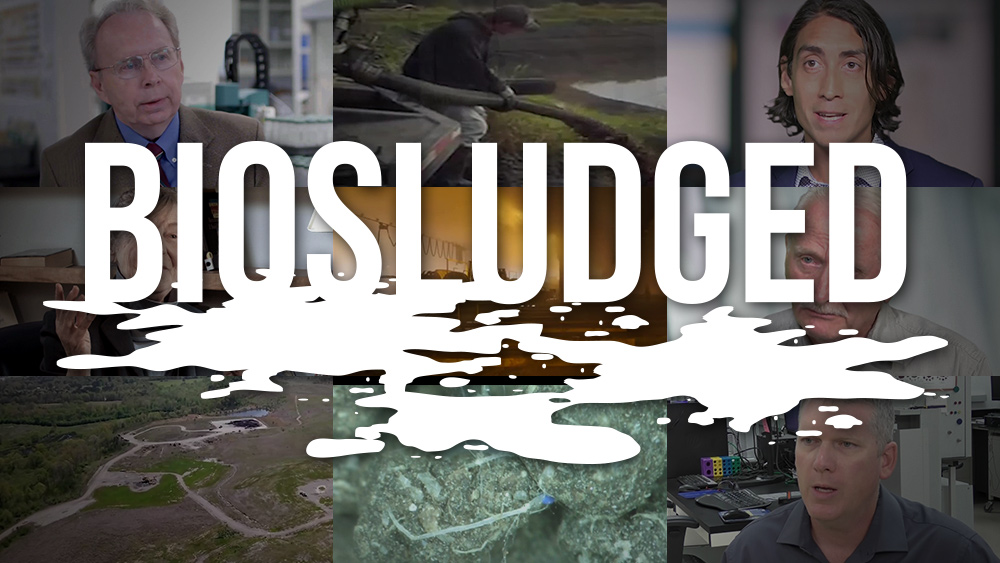Plastic pollution at its WORST: Research finds that sea scallops can ingest BILLIONS of microplastics particles in just 6 hours
03/06/2019 / By Edsel Cook

Is your mouthful of seafood tasting less like a meal and more like poisonous plastic? U.K. researchers recently warned about the dangerous amounts of microplastic pollutants that can get into the bodies of marine animals that humans catch and eat for food.
Researchers at the University of Manchester (Manchester) conducted several experiments where they exposed scallops to plastic nanoparticles. They reported that billions of the microplastics accumulated in the guts of the animals and further spread through the rest of the scallop’s body.
It took less than six hours for the particles to completely contaminate the scallops. Purging the plastics out of the animals took weeks in a sanitized environment that was completely free of pollution.
The researchers were trying to determine the dangers of microplastics to the health of marine animals and the humans who consumed them. They were concerned that plastic particles could penetrate the natural membranes that normally protected internal organs from contamination by toxic substances. (Related: Turtles remain threatened by plastic pollution: Microplastics have been found deep within the sand where the sluggish reptiles lay their eggs.)
Billions of tiny plastics can contaminate edible clams in just a few hours
In their experiment, the Manchester researchers made nanoparticles of carbon-radiolabeled nanopolystyrene. Tiny bits of the same polystyrene that comprised Styrofoam, the plastics measured either 20 nanometers (nm) or the bigger 250 nm. Their carbon-radiolabels made it easy to detect and count them through autoradiography.
They exposed scallops to these nanoplastics for six hours. At the end of the exposure, they analyzed the organs and tissues of the clams for the presence of the nanoparticles.
The researchers counted billions of the 250 nm particles inside the intestines of the scallops. These were unable to penetrate the gut membrane.
Meanwhile, the much smaller 20 nm nanoplastics were small enough to penetrate the intestinal membrane and enter the bloodstream. They spread throughout the body of the clams and were found in gill, kidney, and muscle tissue.
The two sizes of nanoplastics stayed inside the bodies of the scallops for weeks. The 20 nm particles took two weeks before they were completely expelled, but the bigger 250 nm ones required four full weeks before the gut passed out the last one.
Earlier studies used nanoparticle concentrations that were much greater than those found in the sea. The Manchester study, on the other hand, used realistic amounts of nanoplastics.
Urban floods carry microplastics into rivers and from there into the sea
Other Manchester researchers studied the waterways of the U.K. county of Greater Manchester in great detail. They warned that urban flooding turned out to be an even worse source of microplastic pollution than earlier predicted.
Microplastics are fragments of plastics that can be measured in micrometers. Bigger than nanoplastics, they include microbeads and microfibers.
Ninety percent of the microplastics in the ocean came from land. Many of them entered natural waterways through sources such as domestic sewage, industrial wastewater, and storm water drains.
During the world’s first catchment-wide study, Manchester researchers sampled the water from 40 different sites around Manchester. All areas tested positive for microplastics. They reported finding more than 500,000 plastic particles in every square meter of water obtained from most rivers in the county.
After the Greater Manchester county endured a number of heavy floods, the researchers took new samples from the same sites. They discovered that the levels of microplastics went down at all sites.
The floods removed 70 percent of the microplastics that were trapped on the riverbeds. But this is not good news. The floodwaters would have carried all those plastic pollution to the sea, which proved that flooding of urban carries could dump huge quantities of microplastics into the oceans.
Sources include:
Tagged Under: clean water, Ecology, environ, marine organisms, microplastics, nanoplastics, plastic nanoparticles, plastics, polystyrene, toxins
















